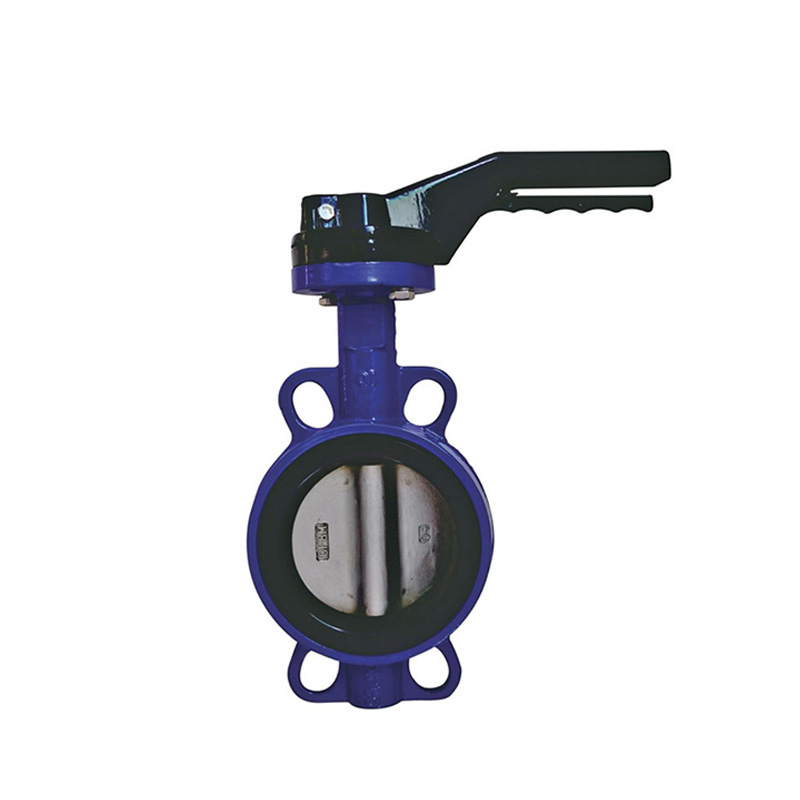Nov . 14, 2024 08:37 Back to list
dual plate check valve wafer type
Understanding Dual Plate Check Valves A Focus on Wafer Type
In various industrial applications, the functionality and reliability of valves are critical. Among different types of valves, the dual plate check valve, particularly the wafer type, stands out due to its unique design and operational efficiency. This article aims to explore the features, advantages, and applications of dual plate check valves in wafer type configurations.
What is a Dual Plate Check Valve?
A dual plate check valve is a type of non-return valve that allows fluid to flow in one direction while preventing backflow. The term dual plate refers to the two disc-like plates that operate together to close the valve when fluid attempts to reverse direction. This design effectively minimizes backflow and reduces the risk of damage to the system.
Wafer Type Design
The wafer type valve is characterized by its compact and lightweight construction. Unlike other types of check valves that may have flanged connections, the wafer type is positioned between two flanges in the piping system. This configuration makes it an excellent choice for applications where space is limited.
The wafer design allows for a quick and easy installation process, as it can be sandwiched between standard pipe flanges. This results in less hardware, lower installation costs, and shorter installation times. Additionally, the compact nature of wafer type valves leads to reduced overall system weight, which is particularly beneficial for large-scale operations.
Key Advantages
1. Minimal Pressure Drop One of the standout features of dual plate check valves is their ability to maintain a low pressure drop. This is crucial in piping systems where pressure efficiency is paramount. The streamlined flow path created by the dual plates minimizes turbulence and enhances flow performance.
dual plate check valve wafer type

2. Quick Response Time The lightweight plates in the dual plate configuration allow for rapid closure, significantly reducing the risk of water hammer - a phenomenon caused by the sudden change in fluid velocity. This quick response is vital for maintaining the integrity of piping networks.
3. Durability and Longevity Wafer type dual plate check valves are typically constructed from durable materials like stainless steel, ductile iron, or PVC, offering robust resistance to corrosion and wear. This durability translates to a longer service life, which is essential for industries that rely on continuous operation.
4. Versatility These valves can be used in a wide range of applications, including water treatment, HVAC systems, industrial processes, and oil & gas operations. Their adaptability to different environments and fluid types makes them a popular choice among engineers.
5. Ease of Maintenance The design of wafer type dual plate check valves simplifies maintenance. With fewer parts compared to more complex valve types, maintenance personnel can quickly inspect and service the valves as needed, ensuring seamless operation of the system.
Applications
Dual plate check valves are employed across various sectors. In water treatment facilities, they prevent backflow to protect the quality of treated water. In HVAC systems, they ensure that the flow of air and liquids remains unidirectional, contributing to overall system efficiency. Moreover, in the oil and gas industry, they mitigate risks associated with backflow in pipeline systems, safeguarding both equipment and environments.
Conclusion
The dual plate check valve in wafer type configuration represents an innovative solution in fluid handling systems. Its design, which emphasizes efficiency and reliability, makes it an indispensable component in many industrial processes. With advantages ranging from low pressure drop and quick response time to durability and ease of maintenance, it is clear why these valves are favored in a multitude of applications. As industries continue to advance, the role of dual plate check valves will undoubtedly expand, contributing to enhanced operational efficiencies and system reliability.
Share
-
Advanced Technology in Wire and Cable FactoryNewsAug.19,2025
-
Applications of Ball Check Valve in Water Treatment PlantsNewsAug.19,2025
-
How Osy Gate Valve Ensures Leak - Tight SealingNewsAug.19,2025
-
Selection Criteria for Wafer Type Butterfly ValveNewsAug.19,2025
-
Threaded Ball Valve Pressure RatingsNewsAug.19,2025
-
Y Strainer PN16 Cost - Effectiveness AnalysisNewsAug.19,2025


